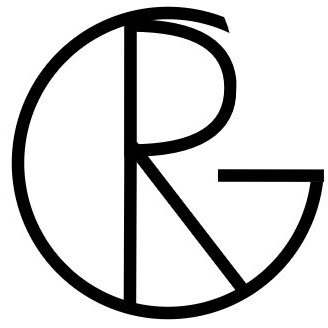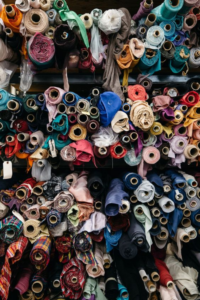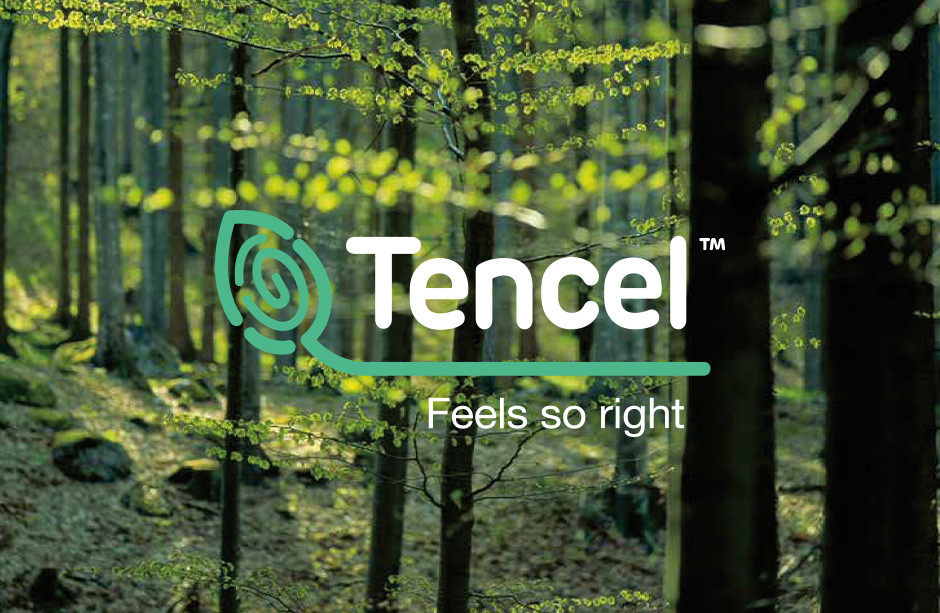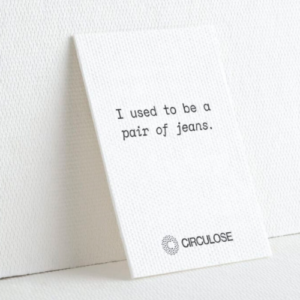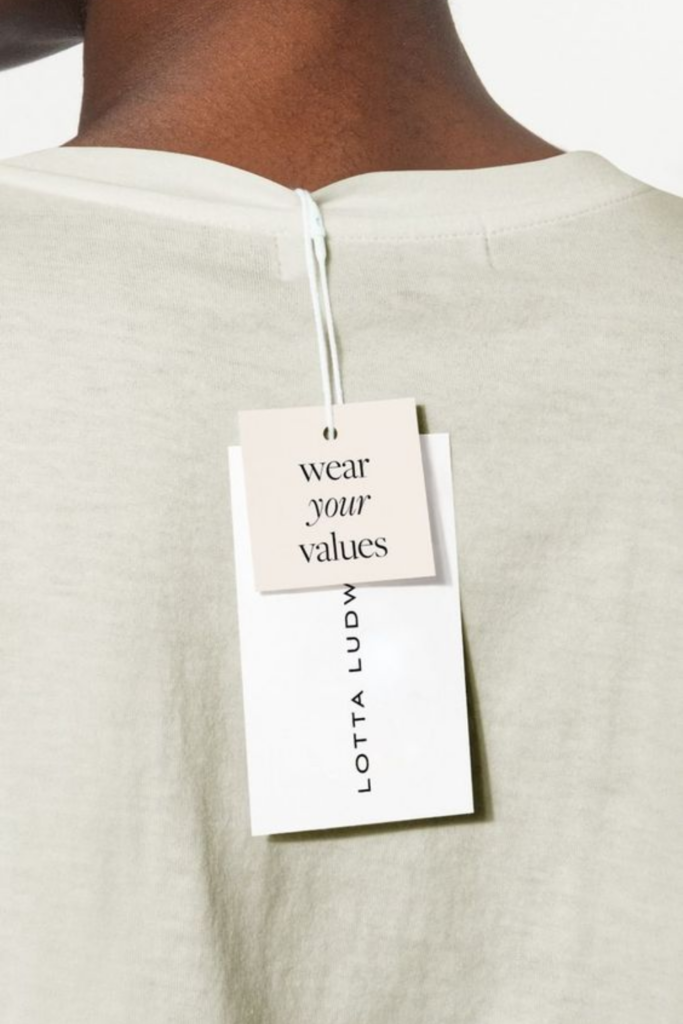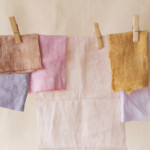In a world where the fashion industry has long been associated with fast-paced trends and disposable consumption, a growing movement is reshaping how we view fashion. The call for sustainability in fashion has become increasingly louder, and consumers have demanded ethical and environmental practices. As we become increasingly aware of the impact of our choices, the fashion landscape is evolving to meet the demands of a more mindful and eco-conscious audience.
But at the same time, it is getting more and more difficult to separate genuinely sustainable fashion brands from those using it as a marketing technique. Every day, our feeds are flooded with new conscious collections, emission-cutting goals, and fancy new production methods. But how do we separate the real deal from those vague claims?
Therefore, I have created a guide of aspects to consider when searching for sustainable items.
Materials
A key aspect of sustainable fashion is the materials used in clothing. Materials are produced and grown in different ways that have different impacts on the environment. In addition, materials also possess different unique qualities, some of which are beneficial while others are not. Therefore, when considering whether an item is sustainable, it is important to look at the materials. It is best to opt for natural fibers or recycled materials, as they usually have a lower environmental impact and are biodegradable.
Lower-impact materials
Let’s take a look at some of the lower-impact materials.
Hemp
Hemp stands out as an incredible material choice. Rather than causing harm to the environment, it actually enhances the areas where it grows. Hemp is versatile, thriving in various climates worldwide, and remarkably, it does not require pesticides or fertilizers. Additionally, hemp contributes to cleaner air by absorbing carbon dioxide, making it an ideal material for sustainable fashion. Beyond its environmental advantages, hemp also provides comfort and breathability in clothing. Last, it is a high-yield crop, meaning it requires fewer acres for more fibers compared to other crops.
Linen
In addition to hemp, linen is an incredibly versatile crop with minimal water, fertilizer, and pesticide requirements. Similar to hemp, it thrives in various climates globally. When crafting clothing from linen, the entire plant is utilized, and the material is entirely biodegradable.
Organic Cotton
Cotton is widely favored for its lightweight and breathable qualities in clothing. Unfortunately, traditional cotton production takes a toll on the environment, involving excessive water usage and the application of numerous chemicals and fertilizers. Therefore, organic cotton is a better option as it uses less water and no chemicals or fertilizer, reducing its environmental footprint significantly.
TENCEL Lyocell
TENCEL Lyocell is produced by the Austrian company Lenzing AG. It is a fiber created from dissolving wood pulp using a closed-loop system to ensure no chemicals leak into the environment. Due to the unique properties of the fibers, the material has great strength, efficient moisture absorption, and is gentle to the skin. The TENCEL fibers can also be combined with many other fibers to optimize their qualities.
For more information on TENCEL Lyocell, please visit their website.
CIRCULOSE
CIRCULOSE is created by the company Renewcell. It is a dissolving pulp from textile waste, like worn-out clothes and production waste, with a high cellulose content. This pulp is then used to make viscose, lyocell, modal, or another type of regenerated fibers
For more information on CIRCULOSE, please visit their website.
Materials to Avoid
When it comes to sustainable fashion, there are also some materials that should best be avoided. Synthetic materials like polyester and nylon are made from fossil fuels and have a high environmental impact. These materials are also not biodegradable and shed microplastics when washed.
Another material best to avoid is Bamboo fabrics. While this material sounds sustainable, the fabric’s production is associated with several environmental issues. The manufacturing process is intensive and requires a significant amount of chemicals, which are usually not well-managed. Over the years, the production process has become much more sustainable, but still, it is better to opt for a lower-impact material like the ones mentioned above.
Certifications
Another important aspect that helps to identify sustainable fashion brands is whether they hold any certifications.
Certifications serve as a third-party verification of whether a brand actually upholds its sustainable and ethical commitment. The certifications are awarded by independent organizations and are designed to ensure that fashion brands’ practices align with sustainable and ethical guidelines. The organizations usually have created specific standards based on science and governmental requirements for ethical and sustainable practices.
Based on this, the organization assesses various aspects of the brands’ operations, like the supply chain, production process, material sourcing, and treatment of workers.
Certifications for fashion brands
The GOTS certification is the globally recognized textile processing standard for organic fibers. This certification ensures that the textiles in the product meet strict criteria for organic farming, chemical use, and labor conditions. The certification covers the entire supply chain, from harvesting the raw materials to the environmentally and socially responsible manufacturing processes.
Visit GOTS.
The Fair Trade certification focuses on improving the social and economic conditions for farmers and workers in developing countries. In the fashion industry, it ensures fair wages, safe working conditions, and community development. Products with the Fair Trade label have been produced in compliance with these ethical standards.
Visit FairTrade.
Bluesign is a certification system that addresses the environmental impact of textile production. It looks at the entire manufacturing process, assessing the use of resources, energy efficiency, and the safety of chemicals. Bluesign-certified products are considered to be produced with minimal environmental impact.
Visit Bluesign.
The Cradle to Cradle certification evaluates products based on their environmental and social performance throughout their lifecycle. It assesses material health, recyclability, renewable energy use, water stewardship, and several other factors. C2C encourages the design and production of products that are environmentally beneficial and socially responsible.
Visit C2C.
The OEKO-TEX Standard focuses on ensuring that textile products are free from harmful substances. The standard sets a limit for the presence of various chemicals, including heavy metals and allergenic dyes, in the final product. OEKO-TEX Standard 100 is primarily concerned with human health and safety.
Visit OEKO-TEX.
This certification is awarded by People for the Ethical Treatment of Animals (PETA). It signifies that a fashion brand or product is free from animal-derived materials and has not been tested on animals. This certification promotes cruelty-free and vegan practices in the fashion industry.
Visit PETA.
BCI focuses on making global cotton production more sustainable by promoting better farming practices. It covers aspects such as water use, pesticide management, and social conditions for farmers. BCI aims to reduce the environmental and social impact of cotton cultivation.
Visit BCI.
Place of Origin
The third aspect to consider when shopping for sustainable fashion is the place of origin. This is important for a variety of reasons.
First, the environmental impact of fashion products often depends on where the product is manufactured. Different countries have varying environmental regulations and standards. To be as sustainable as possible, it is best to choose products produced in countries with strict regulations, like New Zealand, Canada, Netherlands, Australia, and Norway, just to name a few.
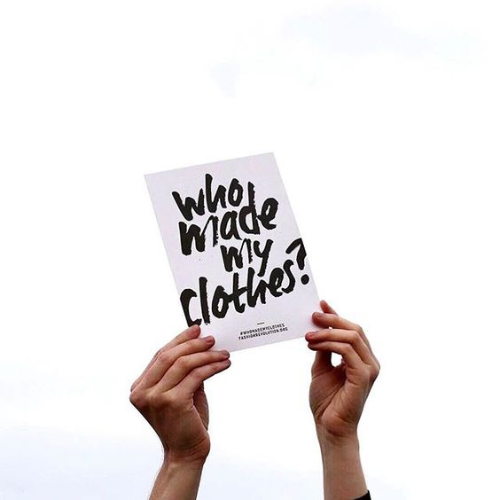
Second, mirroring the environmental impact, the social impact also depends on where the products are produced. Like the environmental impact, the best choice is to buy products produced in countries with strict labor regulations to ensure the ethical treatment of workers.
Last, the distance a product travels from its origin to the consumer affects its carbon footprint. Sustainable fashion aims to reduce carbon emissions associated with transportation. Therefore, choosing to buy locally is better for the environment as it lowers the carbon footprint.
Transparency
Authentic, sustainable brands are transparent about their materials, practices, and processes. These brands provide detailed information on their commitment, goals, and the progress they are making. This enables consumers to assess the social, environmental, and ethical aspects of a product and allows them to make a well-informed decision. In addition, it contributes to the overall shift towards a more responsible and ethical fashion industry. Therefore, the transparency of a fashion brand is important to consider when looking for sustainable clothing.
Quality and Durability
The final tip in this guide is to check the quality and durability of an item. To do this, it is essential to consider several factors.
Begin by examining the fabric. As I have previously mentioned, it is important to choose natural fibers as they are very durable. Next, check the stitching and seams for precision, tight construction, and reinforced stress points. Any presence of dangling threads or uneven stitches may indicate poor craftsmanship, and it is best to leave the item behind. In line with this, also examine the buttons and zippers to ensure they are secure and functional.
Moving on, consider the thickness and weight of the item. Heavier materials often indicate greater durability. Finally, carefully read the care labels and adhere to the instructions to maintain a good quality for longer.
While this advice works best when shopping in physical stores, online shoppers can imitate this process by looking at the materials used in the item, as that usually already gives a good indicator of quality and durability.
Sources
- Manteco – WHY IS HEMP CLOTHING SO SUSTAINABLE?
- Good on You – Material Guide: Is Bamboo Fabric a More Sustainable Option for Fashion?
- Brianna Lamberson – Fabrics You Should Avoid Buying And Wearing
- GreenStory – Organic cotton: how does it compare to other sustainable materials?
- Good on You – What Are the Best Lower-Impact Fabrics and Fibres on the Market Right Now?
All pictures link to their source, and all credits go to the rightful owners.
